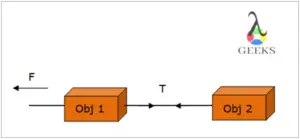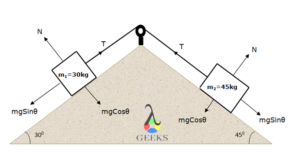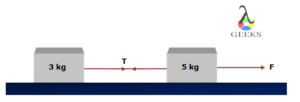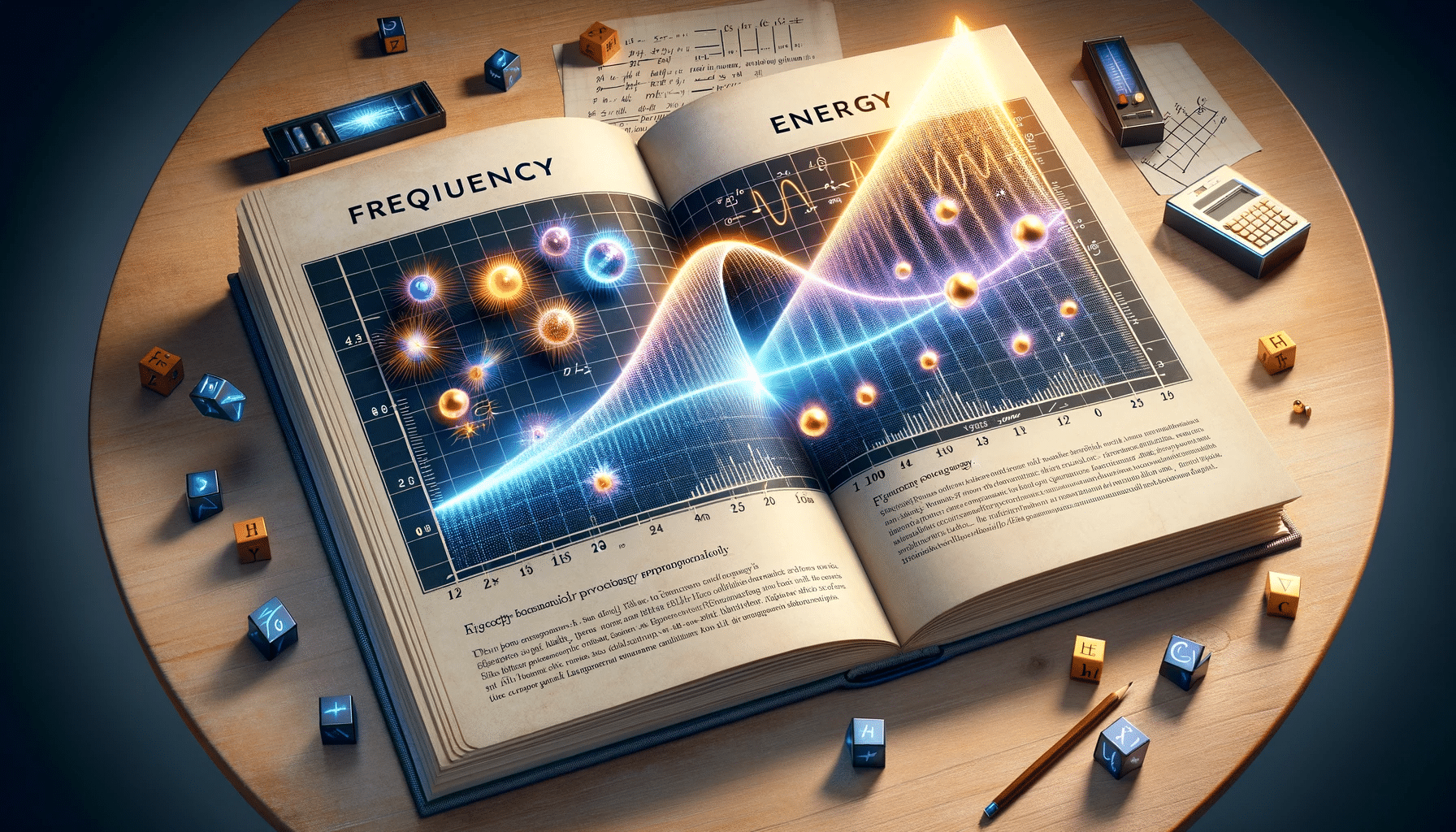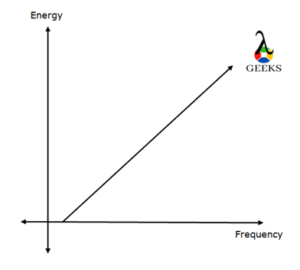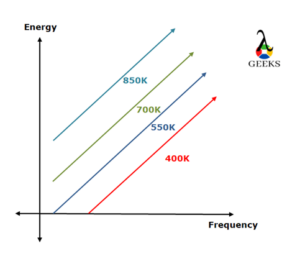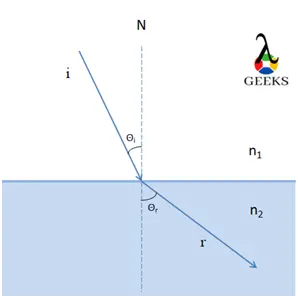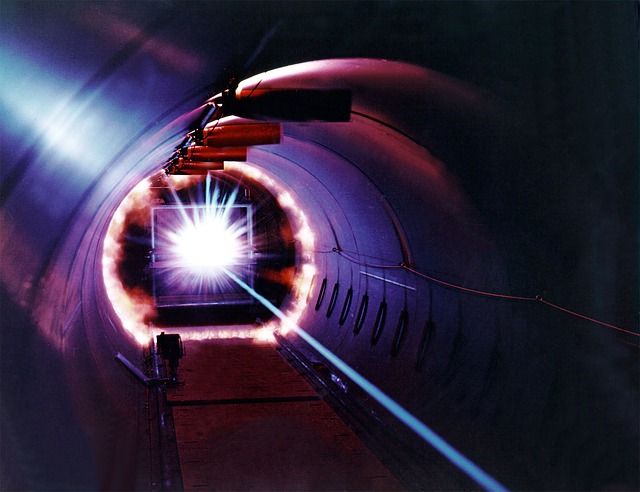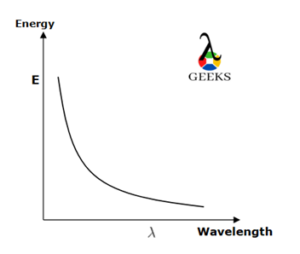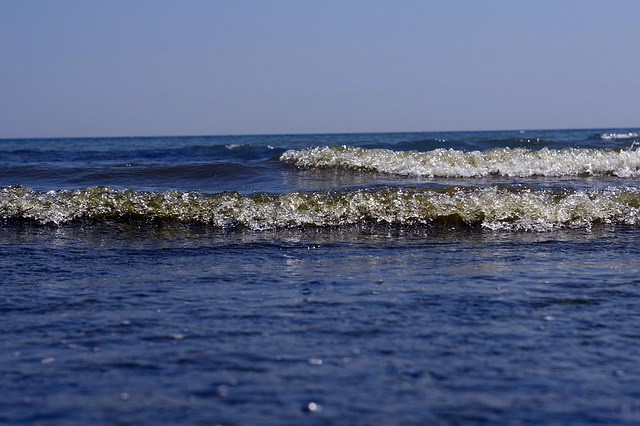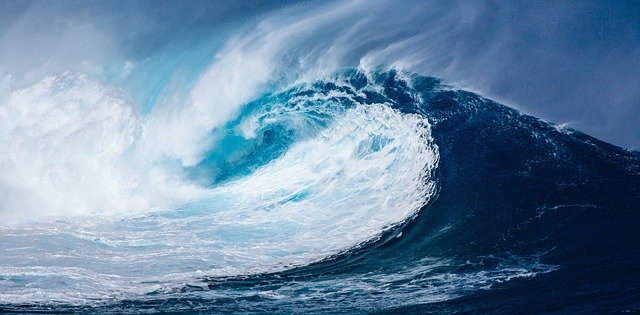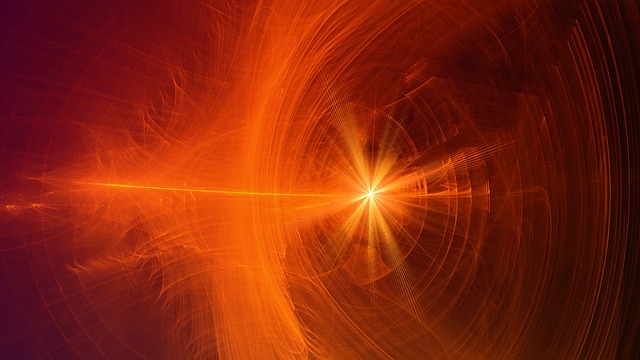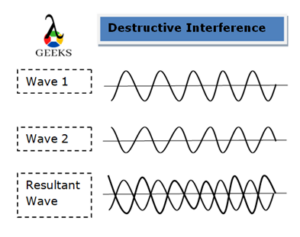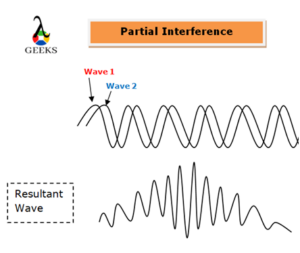In this article, we are going to discuss the dissimilarity between tension vs compression briefly and with detailed facts.
The following is a table differentiating between tension vs compression:-
| Tension | Compression |
| Tensional force stretches the object tightly but the length of the object remains unchanged. | Compression is a force applied to reduce the volume or size of the object. |
| Tension is applied all across the string, rope, or spring due to pulling. | A string or rope can’t be compressed whereas the spring can be compressed. |
| The dimension of the object is unvaried. | The dimension of the object reduces on compression. |
| Stress on tension is called tensile stress that is responsible to pull the object away from each other. | Stress on compression is called compressive stress reduces the volume of the object. |
| The tension in one object makes action-reaction pairs in the opposite direction to each other. | The action-reaction pair due to the compression forces acts towards each other in one axis. |
| Tension on the string depends upon the mass and acceleration of the object it is attached to, and the net force acting on the object. | Compression depends upon the length, volume, area, density, and force applied to the object. |
| For an elastic object, the length of the object is increased on tension. | The length of the elastic object decreases on compression. |
| The force is transmitted through the object | The force is imposed on the object |
| The density of the object slightly reduces or remains unvaried | The density of the object increases |
| It is applicable only in 1 dimension | It is applicable in all the dimensions |
| Examples of tension forces are pendulums, rope bridges, hot air balloons, parachutes, rubber bands, elevators, kites, objects hanging on a hook, etc. | Examples of compression are squeezing a lemon, sponge, compressing spring, pumping, rolling a chapatti, concrete, etc. |
| Tension separates the objects away from each other. | Compression brings the objects closer to each other. |
| This is applicable only for string, springs, or ropes. | This is applicable to all materials except rope or strings. |
| Tension in the objects results in the deformation of the object | Compression results in contraction of the object |
| Tension is always positive. | The compression is a negative tension. |
Tension and Compression Forces
Basically, tension is created due to the action of pulling. The stretching of the rope or string does not change the length of the string, and the displacement between the objects connected by a string remains the same throughout that is if we observe object 2 from the frame of reference of object 1 then object 2 will appear to be stationary with respect to object 1.
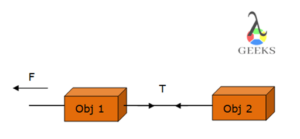
On contrary, the compression is a result of pressure exerted on the object from more than one direction, which consequences in the reduction of the volume and dimensions of the object. Due to a reduction in volume, the molecules per unit volume in the body of the object increases, and hence the density on compression increases. Well, this is not the case for the object undergoing tension.

Unlike tension, this is not exerted across the string or rope, the force due to tension is transmitted. Compression is also called a pushed force whereas tension occurs due to pulling. A tension is felt across the length between the two ends of the object whereas the compression takes place where the pressure on the area is imposed.
Read more on Tension Between Two Blocks: Several Entities And Problem Examples.
Tension and Compression in Bridges
Bridges undergo compression and tension at the same time. The tension comes into the act at the ends of the bridge and the tower of the bridge which supports the load of the bridge undergoes compression. Due to compression on one end of the pole, the tensional force is experienced on the other end of the pole.
When the heavy objects are carried from the bridge, the bridge is compressed due to a load, and the tension is felt underneath the base area of the bridge across the length between two poles of the bridge that support to withstand the load.

If the poles of the bridge are standing in the water bodies, then the water sagging on the walls of the poles also applies compressive force. The compressive force of the bridge is felt on the adjoining end of the poles. Tension is created across the length of the bridge between these two poles acting towards the poles. The tension forming in the bridge helps to withstand it with the compressive force exerting on it.
If you consider a suspension bridge, the cables are anchored on the bridge and are stretched and tightened to the pole. These cables go under tension when driven by the load across them, to sustain their position and provide enough tension to prevent it from collapsing and can prolong for a longer duration.
Read more on Negative Tension:What,Why,When,Examples,How To Find.
Compression and Tension Similarities
Both tension and compression are the main forces involved to determine any structure or construction. The presence of both gives better flexibility and durability for any object.
The compression and tension both are measured in the Newton. The tension in the rope due to the weight of mass ‘m’ attached to it in the below diagram is T=m(a+g).

Because the force on the object is F=T-mg and since acceleration is in the negative y-axis direction, we have negative acceleration.
-ma=T-mg
If the acceleration of the object was zero then the tension in the string was just equal to the weight attached to it. That is,
T=mg
SI unit for tension is
T=kg.m/s2=Newton
Compression is also measured in Newton because it’s a force applied on the area and is formulated as
F(c)=ma
Hence, unit for compression is also F(c)=kg.m/s2=Newton.
A spring or any elastic object undergoes both tension and compression. A tension is applied that results in the elongation of the object. On compression, the tension is acting downward, although changing the dimensions of the object.
The force due to compressing the elastic object is
F=-T-mg
-ma=-T-mg
As the object accelerates downward in the negative y-axis direction then the acceleration will be taken as negative and hence the negative sign.
Therefore the tension in object is
T=m(a-g)
In this case, the tension will be negative as a<g. This indicates that the negative tension in the object implies compression.
Read more on 15 List of Examples of Tension Force.
What is Better Tension or Compression?
Both, compression as well as tension led to the deformation of the objects. So, we cannot precisely say what is better among each.
If the object is undergoing both compression and tension then it will be better for an object. Because tension acts across the length of the object and acts outwards from the ends well this tensional force is canceled by the compression and hence the object is secured from getting deformed.
There are some materials that can resist the tensional force acting across them, and some materials can withstand compression.
Is Tension a Compressive Force?
Tension is not a compressive force, it is a tensile force.
Tension is opposite to the compression force, as it results in the elongation of the object whereas compression results in the contraction of the object.
Read more on Compression.
Frequently Asked Questions
What is a tension in string tied to the object of mass 5kg accelerating at a speed of 3 m/s2?
Given: m=5kg
a=3 m/s2
The tension in the string is
T=ma=5*3=15N
What will happen if there was no tension in the bridge?
Bridges are made such that they will withstand the heavy load on compression and resist the tension.
The heavy vehicle traveling on a bridge exerts a compression force on the bridge, the bridge would have bent sharply on the application of load on it.
Also Read:
